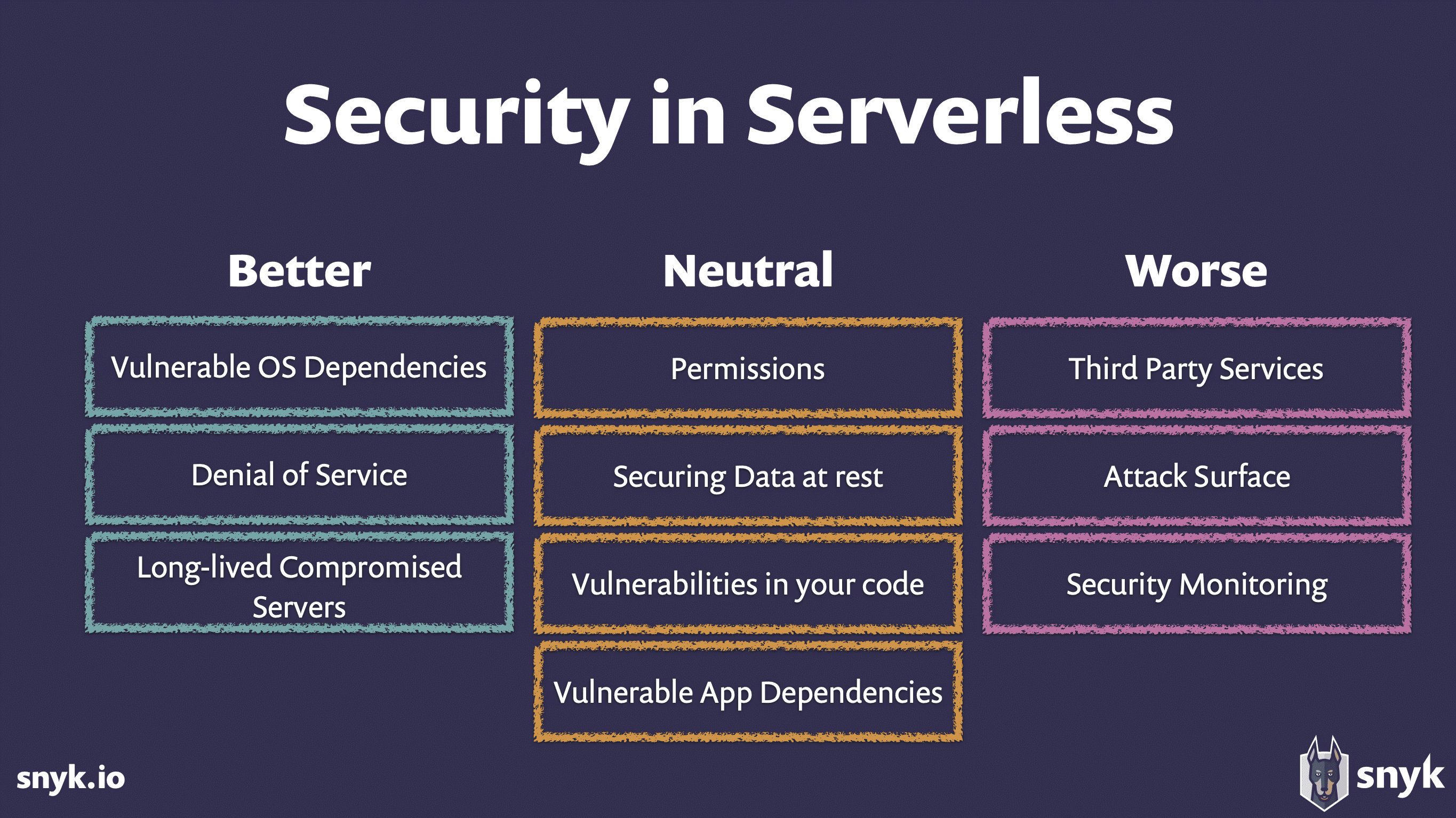
Websockets have revolutionized real-time communication on the web, enabling bidirectional, low-latency data transfer between clients and servers. While this technology enhances user experience and facilitates the development of responsive web applications, it also introduces security challenges. As with any data communication protocol, there are potential threats that malicious actors may exploit to compromise the confidentiality, integrity, and availability of data exchanged through Websockets. In this article, we will explore the common security threats associated with Websockets and the countermeasures that can be implemented to mitigate these risks.
Threats to Websockets Security
Cross-Site Scripting (XSS)
Cross-Site Scripting is a widespread threat affecting many web technologies, including Websockets. In the context of Websockets, attackers can inject malicious scripts into the data stream between the client and server. If not adequately protected, these scripts may execute on the client-side, leading to unauthorized access to sensitive information, session hijacking, or other malicious actions.
Denial of Service (DoS) Attacks
Websockets, designed for real-time communication, can be a target for Denial of Service attacks. Attackers may flood the server with a large number of connections or data payloads, overwhelming the server's resources and causing legitimate users to be denied access or experience severe service degradation.
Data Tampering and Eavesdropping
Websockets typically transmit data in plaintext format. If the connection is not encrypted, malicious actors can intercept and tamper with the data, potentially leading to data leakage, unauthorized access, or manipulation of sensitive information.
Cross-Site WebSocket Hijacking (CSWSH)
Cross-Site WebSocket Hijacking occurs when an attacker tricks a user's browser into sending unintended WebSocket requests to a vulnerable server. This could result in unauthorized access or manipulation of data, particularly if the server relies solely on the Origin header for authentication.
Countermeasures to Enhance Websockets Security
Secure WebSocket Connection
To safeguard data transmitted via Websockets, it is crucial to establish a secure connection using Transport Layer Security (TLS)/Secure Sockets Layer (SSL) encryption. By implementing HTTPS for WebSocket connections, the data exchange becomes encrypted, mitigating the risk of eavesdropping and data tampering.
Input Validation and Sanitization
To combat XSS attacks, input validation and sanitization on both the client and server-side are essential. Developers should validate and sanitize user-generated data before it is sent via Websockets to prevent the injection of malicious scripts.
Rate Limiting and Connection Throttling
To protect against Denial of Service attacks, implementing rate limiting and connection throttling mechanisms is vital. These measures help control the number of connections or data payloads that can be sent within a specific time frame, effectively mitigating the impact of potential DoS attacks.
Authentication and Authorization
Robust authentication and authorization mechanisms are critical to preventing Cross-Site WebSocket Hijacking and unauthorized access. Implementing token-based authentication and validating Origin headers on the server-side can bolster security and ensure that only legitimate clients can establish WebSocket connections.
Monitoring and Intrusion Detection
Monitoring WebSocket traffic and implementing intrusion detection systems can help detect suspicious activities or unusual traffic patterns. Real-time analysis of WebSocket logs enables early detection and timely response to potential security breaches.
Conclusion
Websockets have brought immense benefits to modern web applications, facilitating real-time communication between clients and servers. However, the convenience and efficiency of Websockets come with security challenges that must be addressed. By implementing the appropriate countermeasures, such as securing WebSocket connections, input validation, rate limiting, and authentication, developers can enhance the security of Websockets and ensure a safer environment for data exchange. Regular security audits, updates, and staying informed about emerging threats are also essential in maintaining a robust and secure WebSocket infrastructure.




